
Present today in proposing the warning not to destroy what, fortunately for us, He has handed down the past.
1865- America emerged from a civil war very hard and had recently celebrated the first centenary of the creation of the nation state. For some time the young American artists flocked to Florence, in the same year he became Capital.
They wanted to discover a past that until then had only read in books, and learn the latest trends in painting, especially in Florence and in Paris. Came fresh, impetuous and ready to absorb the charm of old Europe.
Florence had a significant impact on young American artists, così come , for their part, also they left an important mark on the cosmopolitan culture of Florence. The "Americans" resided on their arrival in the city center, then they preferred to rent or buy a villa on the hills of the surroundings, where to find a better atmosphere and more relaxed and able to put into painting inspiration that came from scenarios landscape completely different from American ones.

Especially the light was new and different, but then also the nature finely populated and villas, and even farmhouses, who were often severe exquisite beauty. They were attracted not only by the evocative atmosphere of the views but also the faces of the inhabitants. The light and peace were painted in pictures, often with French influences merged with those of the Macchiaioli.
After the unification of Italy and six years as the capital of the Italian State, Florence went through a period of renewal and rebirth . He faced, after years of torpor,an extensive program of urban renewal, but also reconstruction, restoration and construction of new buildings.
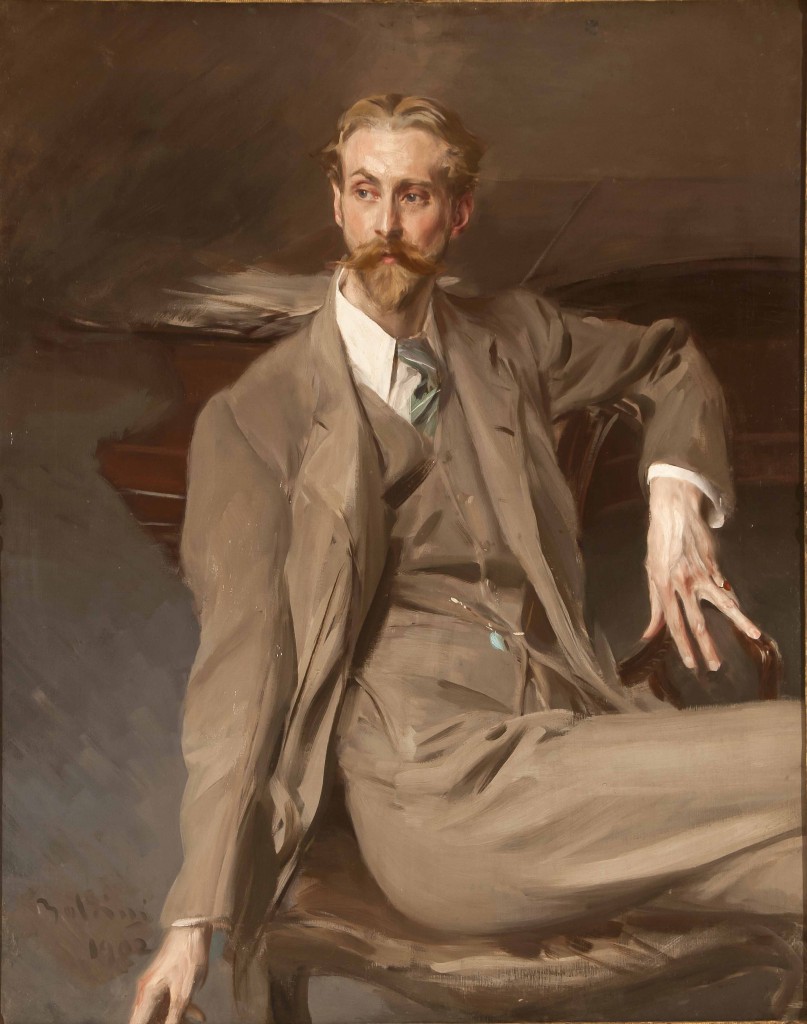
The exhibition suggests a pictorial journey guided by the literary production of Henry James, suspended between America and Europe. Illustrates the multiple and fruitful relations that the painters of the New Continent instaurarono - from the late nineteenth century to the First World War - with Florence and other Tuscan cities. It’ It consists of paintings in six sections, made from thirty-two of the most famous American artists of the time such as John Singer Sargent, Mary Cassatt, James Abbott McNeill Whistler, Frank DUVENECK, William Morris Hunt, Frederick Childe Hassam, William Merritt Chase, Julian Alden Weir, Thomas Eakins, Robert Vonnoh, Edmund Charles Tarbell, Joseph Pennell, Cecilia Beaux and Elizabeth Boott DUVENECK. Their works communicate, within the sections of the exhibition, with those of Florentine and Tuscan painters who approached the more sophisticated manner and full of literary references of cosmopolitan colony, as Telemaco Signorini, Vittorio Corcos, Michele Gordigiani.

Some of the artists are presented for the first time in Italy. Interested to note that, after the Florentine experience, often mixed with that of Paris, those who returned to their homeland became famous artists and authoritative teachers, fundamental for the formation of new generations of American painters and for the birth of a national painting.
Americans in Florence highlights the delicate balance which has always governed the city of Florence, caught between conflicting pressures for change and the need for safeguarding your precious identity .
We read in the paper by Carlo Sisi: "Stradoni whites had replaced, in fact, the walls demolished between 1864 and the 1869 with the consequence to cancel the poetic osmosis between town and country that had fed before the romantic sensibility that led to the nostalgia of macchiaioli Piagentina, then utopias grown by researchers at the genius loci…. "I do not think I will live longer in Florence […] the changes seem too violenti- Robert Browning wrote to her friend Isa Blagden after the death of Elizabeth- you will get used to it gradually, but I, if I had my back walks leveled, squares where they had paths and so on, I could not bear it ".

"When he began to hand demolition of the ancient center- He continues in his essay Sisi-… the concern of foreign residents grew to the point of seeing them transformed into polemicists militants and participate in the defense committees - think the commitment made by Vernon Lee in countering projects comunale- administration or at least active in the dissemination of the "terrible question Florentine ", as had called Henry James indicating that fiscal Florence would have affected to a very painful in the delicate organism of the "city-jewel" and that then those responsible for the risky operation,become a battleground in the newspapers of Europe and America, They should be made aware that "what is their's, for effect of a stringent logic, Our more than their '. They had to pass more than a hundred years for UNESCO, making this his philosophy, declared, in 1982, the historic center of Florence Heritage Site.

But, mirror of the times, that put the money to beauty and respect for the past, Today the same Unesco not worthy of response appeals Florentines that conjure to intervene to stop the excavations, this time below Florence, that implacably, regardless of any confrontation, the majority of national and local politicians pursued to provide the city-jewel of unnecessary and expensive underground railway with adjoining station, the infamous TAV. Operation definitely risky and should be avoided, Whereas "what is their(Fiorentini) is, for effect of a stringent logic, Our more(World) that their '- back to warn as this shows the nineteenth-century writer.
LUCIA EVANGELISTI

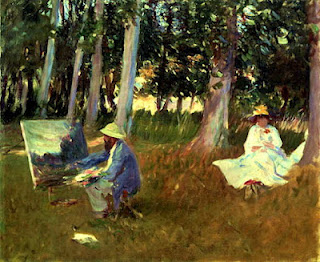

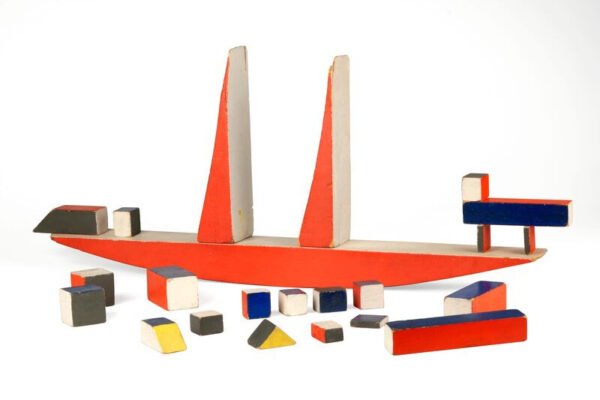
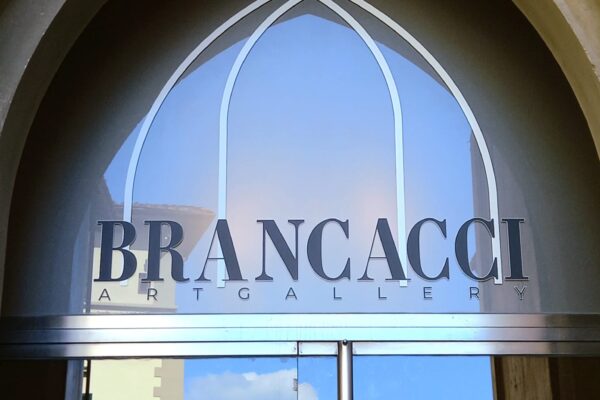

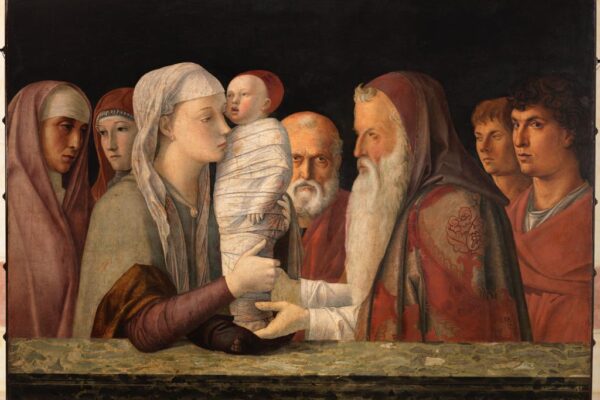

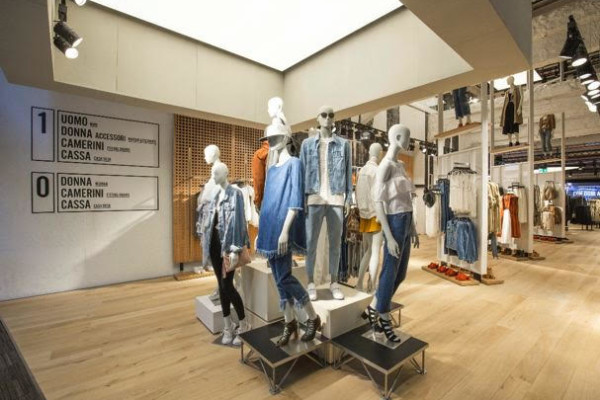
Leave a Reply